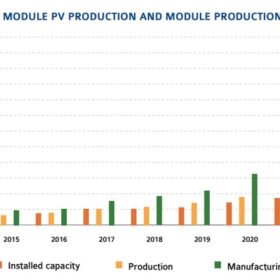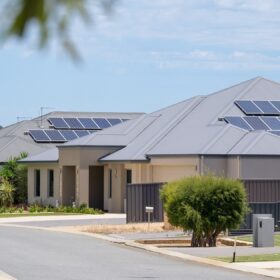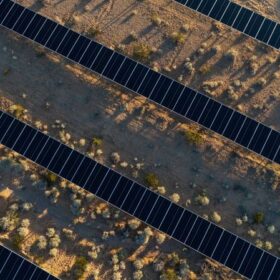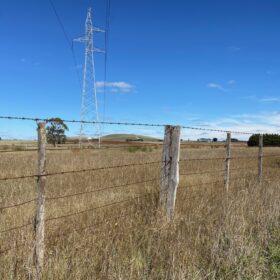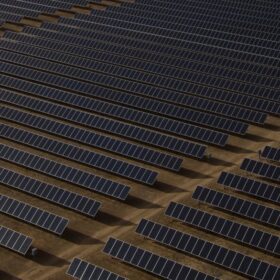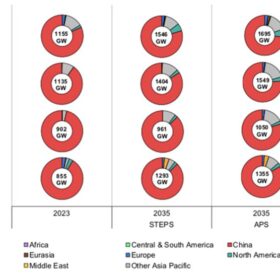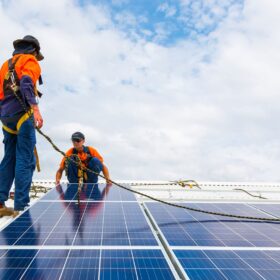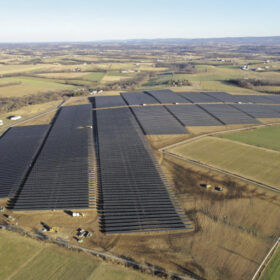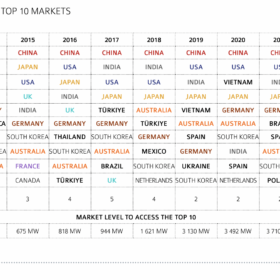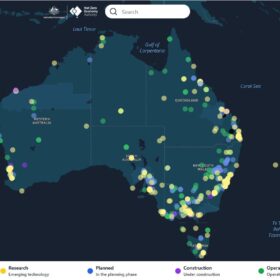Solar manufacturing facing substantial pressures, says IEA-PVPS
The International Energy Agency Photovoltaic Power Systems Programme says in its latest report that 2023 was a record-breaking but tumultuous year for solar development. It says the manufacturing industry faces pressure from supply-demand imbalances, with overcapacity causing prices to collapse.
Rooftop solar install rates on rise after record month
Rooftop solar installations in Australia recorded a 6% jump in October with the latest monthly data revealing 279 MW of small-scale rooftop PV was installed on household and business roofs across the country last month.
Quinbrook announces sale of Energy Locals retail platform
Renewable energy focused investment manager Quinbrook Infrastructure Partners has offloaded electricity retailer Energy Locals to a consortium led by Australian fund manager Palisade Impact.
TCV reveals preferred easement for Victoria to NSW interconnector project
The preferred easement for the 240-kilometre Victorian section of the Victoria to New South Wales Interconnector West transmission line project has been released by Transmission Company Victoria.
Utility-scale solar additions hit 46.8 GW since start of 2023, says Wiki-Solar
PV data consultancy Wiki-Solar says the world’s top solar developers have added nearly 50 GW of new solar capacity since early 2023, raising their cumulative capacity to 146.7 GW – more than one-fifth of the global total.
Solar module manufacturing capacity could exceed 1.5 TW by 2035, says IEA
The International Energy Agency’s latest report, which maps out the future evolution of clean energy manufacturing, says the combined global market for PV, wind turbines, electric cars, batteries, electrolysers, and heat pumps will rise from $1 trillion in 2023 to more than $3 trillion by 2035.
Rooftop solar doubles third quarter grid-scale solar supply: AEMO report
Rooftop solar has outshone other renewables in Q3 2024, contributing 38.5% of generation ahead of grid-scale solar, 18.3% and wind,13.4%, while new capacity progressing through the connection phase grew 36% and battery projects, by 87%, compared to Q3 2023.
Sungrow provides support for tough grid connection process
Labelled the “most difficult” in the world, Australia’s regulatory environment and grid connection process for new large-scale renewable energy generation and storage has also been lauded as the standard bearer for the global market.
BP completes takeover of Lightsource business
Deal for 50.03% of Lightsource BP leaves oil and gas giant with total control of renewables developer. Lightsource BP is expected to continue trading with a standalone operating model, retaining its independent brand.
Australia’s flat solar market sees it dropped from global top 10
While Australia continues to be a revelatory solar market internationally, it lost its place in the top 10 solar installers globally in 2023, the IEA PVPS team reports. According to Renate Egan, Executive Director for the Australian Centre for Advanced Photovoltaics, it is the first time in 30 years Australia has dropped off that list. “What’s sad is that the rest of the world is now taking off and investing in solar and we’re falling behind,” she said at Melbourne’s All Energy on Thursday.
